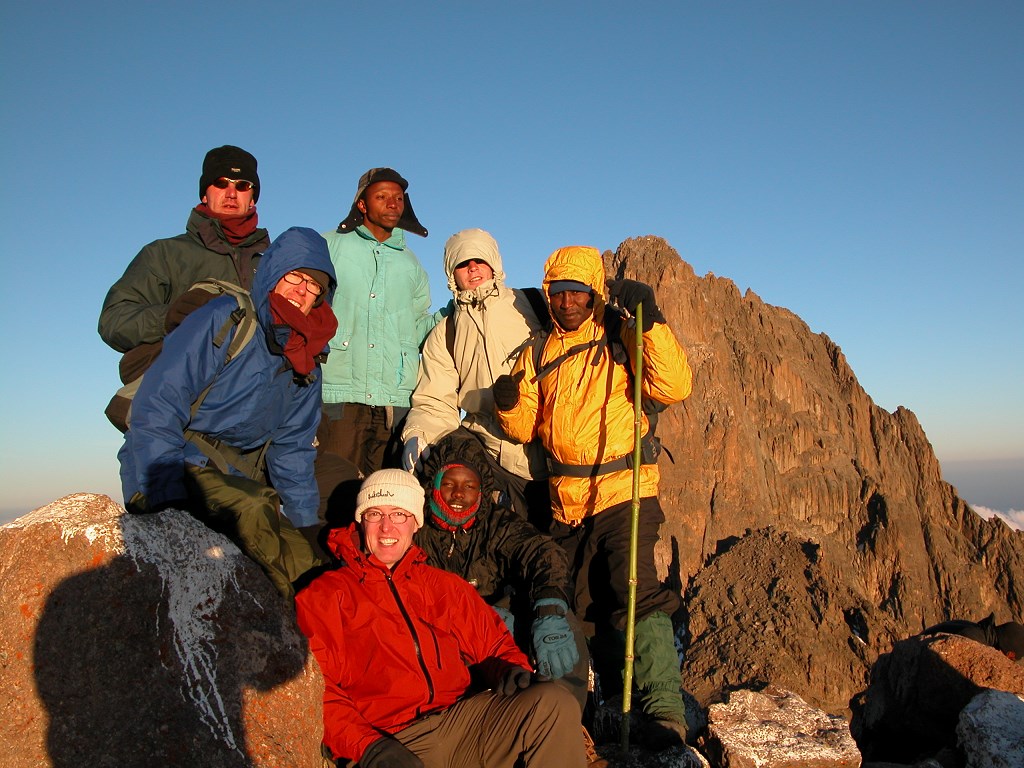
Mount Kenya Kit List
To successfully climb Mount Kenya you’ll need kit which keeps you warm, dry, protected from the sun/rain and comfortable in the various environments that you’ll find yourself in, below is a general summary of what you should be thinking about;
- Bags – a medium-large rucksack for a porter to carry your kit on the mountain and a smaller pack for you to carry essential items during the trek. You can leave suitcases or other bags with travel clothes at the base of the mountain safely.
- Shell – Waterproof layer to keep off wind/rain. An umbrella can be very useful and gaiters over the boots
- Warmth – Layers of clothing including base layer/Tshirt, fleece/shirt, warm jacket/top
- Feet – Good quality trekking boots, sandals, trekking socks
- Sleeping – Warm sleeping bag which is 3 or 4 season, plus a sleeping mat
- Extremities – gloves, warm hat and sunhat
- Miscellaneous – Trekking poles, water bottles, flask, favourite high-energy snacks, head torch, power pack, book etc
- Personal care – Suncream, anti-malarials, small 1st aid kit, wash kit
This list below is much more detailed and includes optional items and personal medical kit ideas, remember that synthetic clothing will dry much quicker than cotton.
BAGS
65-75 litre rucksack (for a porter to carry your main gear) with cover
35-45 litre day sack (for you to carry each day)
Dry bags of different sizes for clothes and sleeping bag
SHELL
Waterproof jacket and trousers
Waterproof gaiters
Umbrella (optional)
WARMTH
Warm jacket – could be fleece or down jacket. Make sure you can put the waterproof jacket over the top.
1 or 2 Fleece tops or hiking shirts/sweatshirts
1 or 2 base layers or T-shirts
Pair of trekking trousers and shorts
Leggings or thermal bottoms or running tights
Several sets of underwear – cotton best avoided. Sports bras and cycling shorts are good.
EXTREMITIES
Warm hat and a buff or scarf
Sun hat
Warm gloves or mitts, and thin liner gloves are also useful
FEET
Several pairs of good quality trekking socks
Waterproof trekking boots with a sturdy sole
Trainers or flip flops/sandals for campsites
SLEEPING
3-4 season sleeping bag (comfort -5degC or lower)
Sleeping bag liner cotton/fleece/silk (optional)
Stuff sack for sleeping bag
Thick foam mat or self-inflating mat (like a Therm-A-Rest)
PERSONAL
Sunglasses
Walking Poles
Some favourite snack bars
Head torch with spare batteries
Power pack for charging phones etc
Wash kit
Papers – passport, money, insurance
2 water bottles – (hard plastic, not disposable bottles)
Flask for hot drinks – useful on summit night (pptional)
Earplugs
Wet wipes, tissues
Anti-bacterial hand gel
FIRST AID suggestions
Paracetamol – temperature, colds
Diamox for altitude prevention
Antibiotic for gastro-intestinal problems, for example ciprofloxacin
Ibuprofen – headaches, also good for altitude related symptoms
Antiseptic wipes and a few plasters and tape, antiseptic cream
Blister Plasters
Oral rehydration Sachets
Sunblock and lipsalve
Knee/Ankle Support
Personal Medications eg anti-malaria tablets, inhalers, anti-histamine
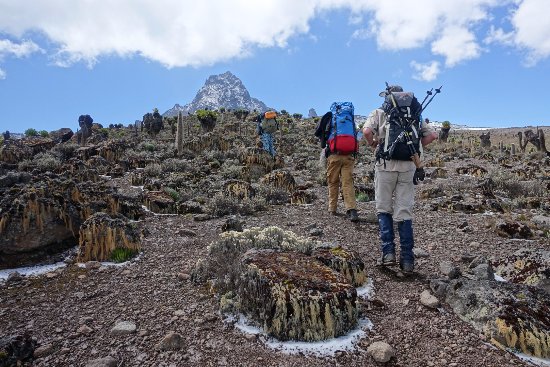
Naro Moru and Sirimon trek – both on the west side of the mountain, normally five days and either camping or a combination of camping and huts.
Mount Kenya Traverse – up the Naro Moru or Sirimon route and down the Chogoria on the east side, five days camping or combination with huts.
Summit Circuit – up the Naro Moru route, round the climbing peaks of Batian and Nelion and down the Chogoria route, six days camping with option to use huts.
Burguret Route – up the little used Burguret route on the west side and down the Chogoria route. Five days wild camping.
Batian Peak – a highly technical rock climb to the top of the highest peak on the mountain
Nelion Peak – a technical route to the second highest peak on the mountain.
CLIMBING NELION AND BATIAN PEAKS – EQUIPMENT AND CLOTHING
On summit day take a climbing pack of around 30 litres which is slimline and won’t get in the way of your harness. Wear base and fleece layers, climbing trousers with some stretch and a hard finish to them, a down belay jacket with a hood, outer shell jacket and trousers, a warm hat under your helmet, wool socks and good quality tactile gloves which are warm yet provide enough feel on the rock. Gloves are not normally worn rock climbing but on this route it can get very cold. so a good glove would be one with a leather palm for grip.
Take spare windstopper gloves, socks and hat in your pack with a flask of hot drink, snacks (and spare food in case of a slow descent), water bottles, suncream and lip salve, spare batteries for the head torch, and a small first aid kit (headache tablets, plasters, stretchy tape for sprains, dressing for wounds). In case of getting benighted on the route it’s a good idea to also take a good quality emergency space blanket and a sit pad for some insulation.
Climb in good quality sticky approach shoes or take a combination of rock shoes and the hiking shoes. It will be possible to change footwear above the Amphitheatre, but much will depend on the weather and cold. Mountaineering boots are too stiff and difficult to feel the rock,but some lightweight low profile mountaineering boots could be used, as long as you can climb 5.8 comfortably in them. The approach shoes and/or lightweight mountaineering boots both work well on the mixed conditions of the route.
For the face route on Batian you will need to think of warmth on the feet, and rock shoes are possible but obviously not great in the cold or on slippery icy rock. However on Nelion rock shoes are a much more feasible option, but you need stiff soled mountain boots with crampons to cross the glacier to the base of the route. Again, weather will determine any final decision, so an idea on Nelion would be to bring all three – mountain boots, approach ‘hybrid’ shoes and rock shoes.
There is no need for crampons on the routes, unless you plan to to cross the Gate of Mists in which case B1 boots, crampons and an ice axe will be necessary. Mini spikes can be useful however on the walk-in and on the scree if there is ice and snow.
The guide will lead the route and put in the protection and carry a rack, but if you do want to lead any sections then contact us for information on what rack to bring. There are some pitons on both Nelion and Batian but mostly protection is manually placed, and the guides mostly prefer cams.
Personal climbing equipment to bring includes a helmet, climbing harness with a belay loop, several locking karabiners, several short and medium slings, prussik loops, an abseiling/rappelling device, belay plate and some quickdraws.
Adventure Alternative will supply the group climbing equipment – kernmantel dynamic ropes, cams, nuts and wires for protection on the route.
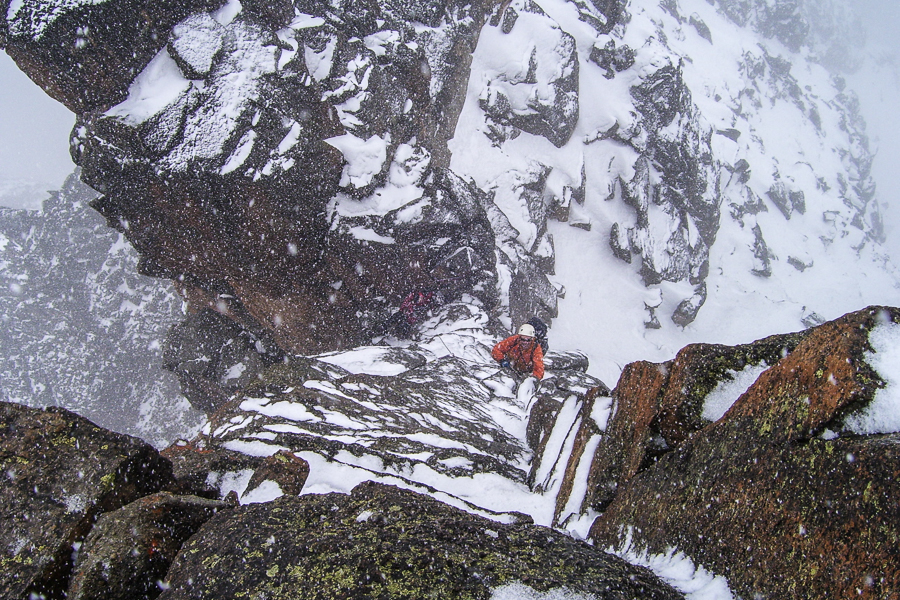
Book Your Adventure of a Lifetime Now
Discover our trips to other Countries
Adventure Alternative Articles
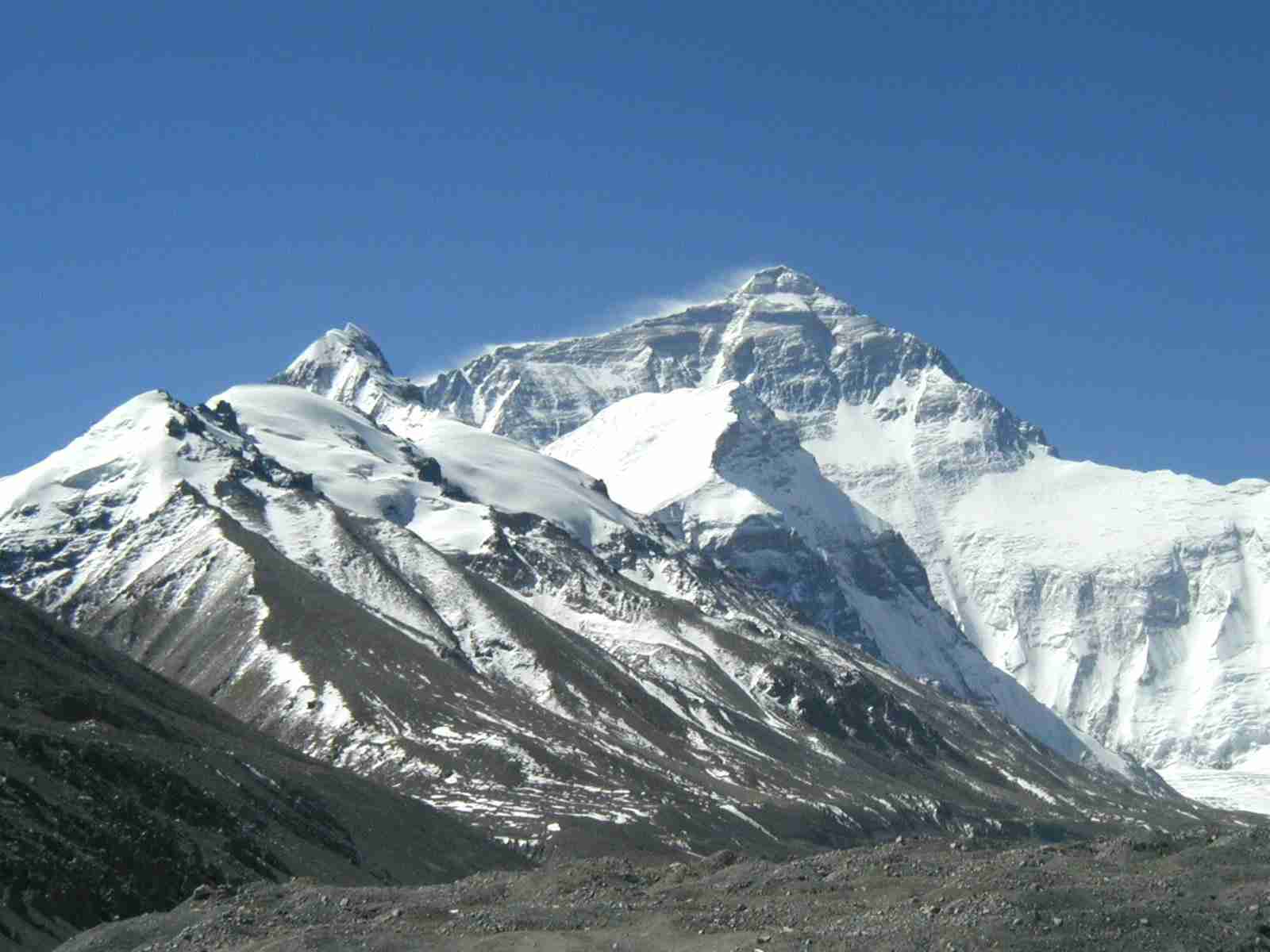
12 MONTHS, 12 MOUNTAINS
Climbing Calendar Ready for World Mountain Day In celebration of World Mountain Day, we've created a calendar for the year to make it easy for...
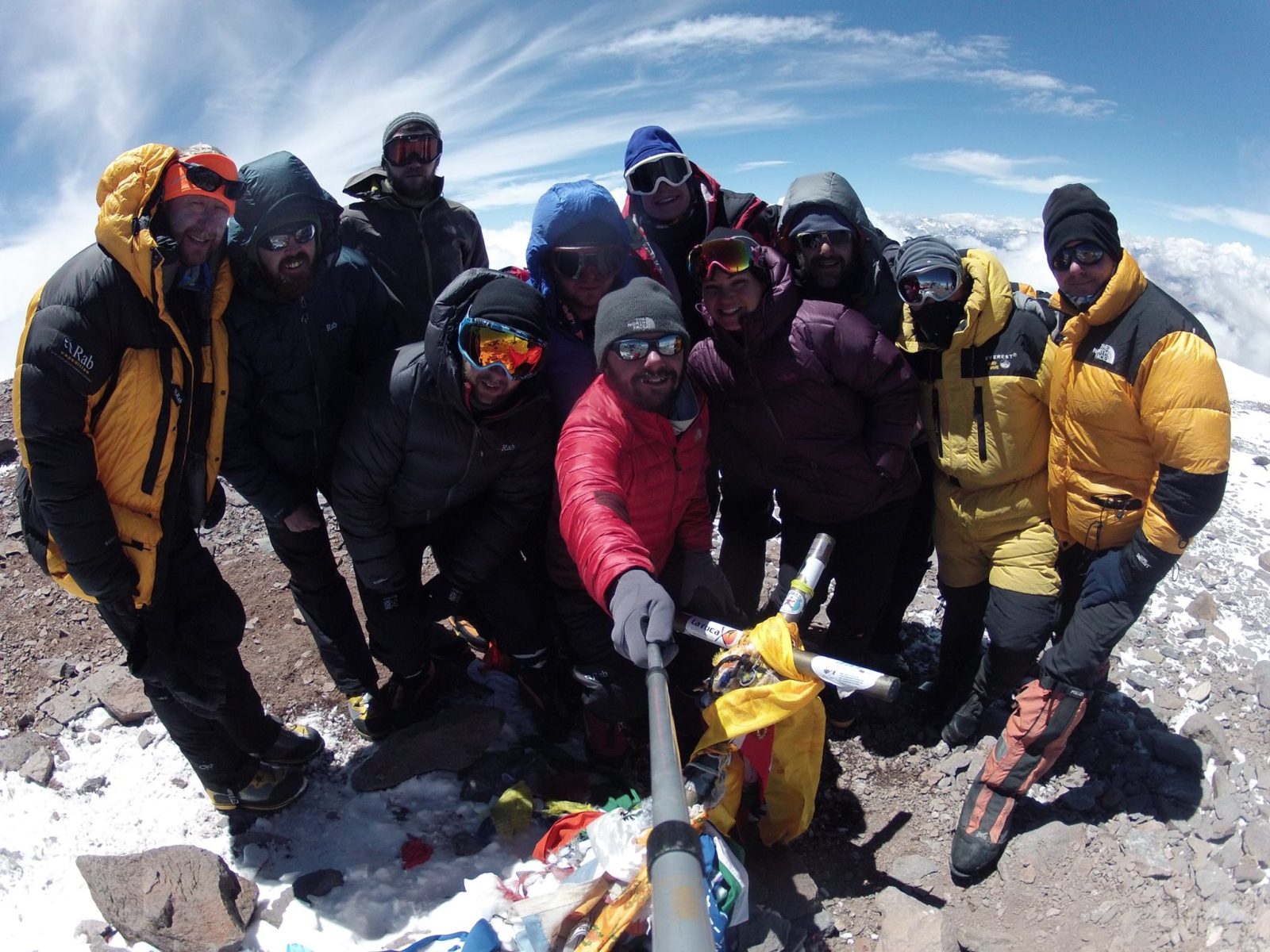
Mount Aconcagua Trip Review
January 2016 This year we had a team of twelve clients from four different countries – Iran, Ireland, England, South Africa and Argentina –...
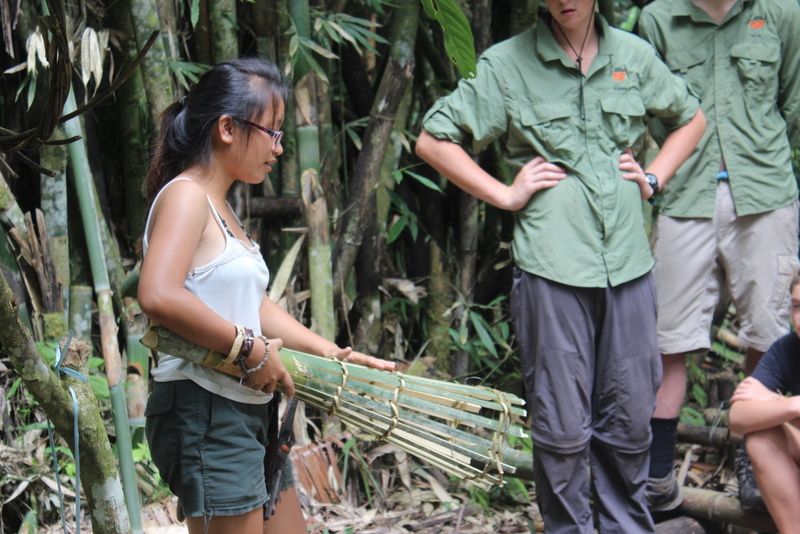
Alcey’s Survival Skills Course at Lupa Masa Jungle Camp
SURVIVAL SKILLS COURSE AT LUPA MASA JUNGLE CAMP | ADVENTURE ALTERNATIVE In celebration of International Rural Women’s Day, we’re talking...